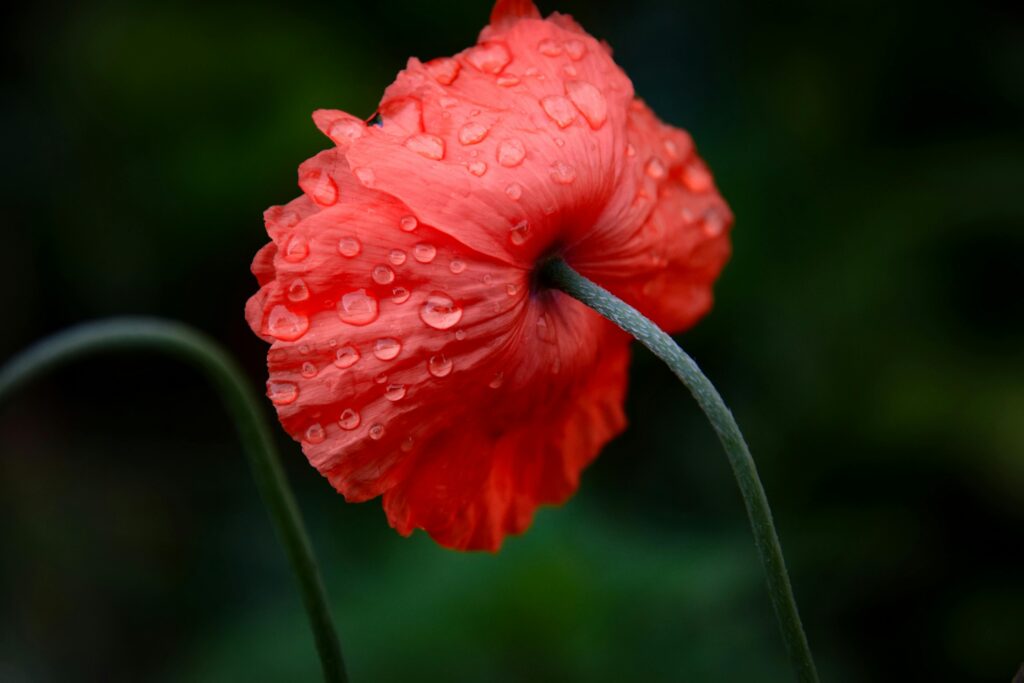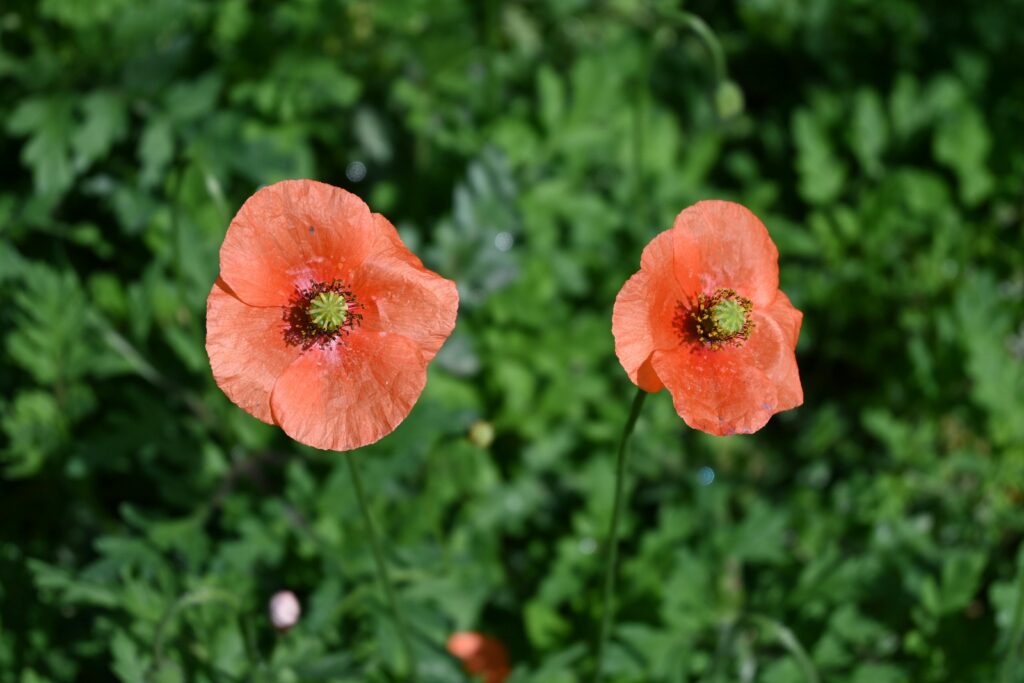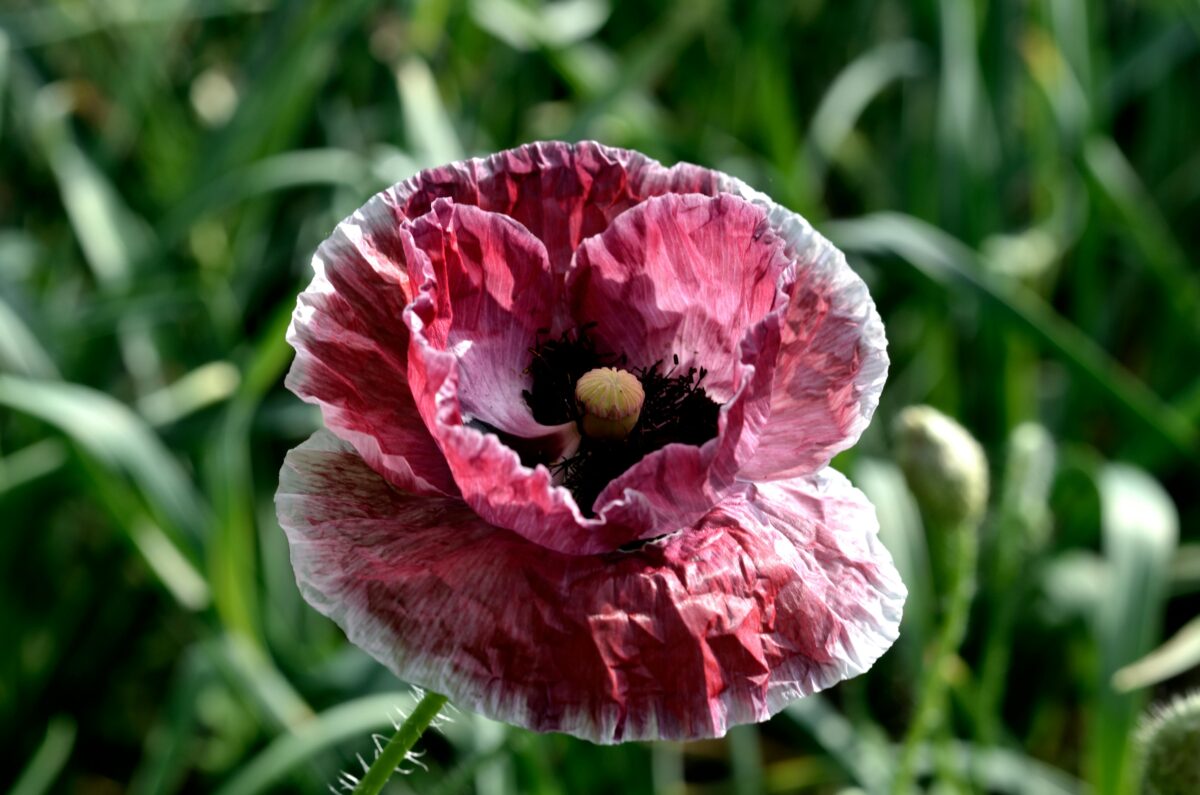The poppy flower is instantly recognizable for its delicate petals and vivid colors, especially bright red. But behind its beauty lies a rich and complex meaning that spans centuries and cultures. In the United States and around the world, the poppy is more than just a garden favorite—it’s a symbol of remembrance, peace, hope, and resilience.
Whether worn on Memorial Day, planted in a wildflower field, or painted in art, the poppy carries deep emotional and historical weight. Let’s explore the story behind this powerful bloom.
A Flower with Deep Historical Roots

The symbolism of the poppy dates back to ancient times. In Greek and Roman mythology, poppies were associated with sleep and dreams, often linked to Morpheus, the god of dreams. Because the poppy’s seeds come from the same plant family as the opium poppy, it was also associated with rest and eternal sleep—a theme that still appears today.
Over time, poppies became linked to remembrance and mourning, especially during and after World War I, when red poppies began to grow over the battlefields of Europe. This natural bloom gave rise to one of the most enduring symbols of war remembrance in modern history.
What the Poppy Flower Represents
While meanings can vary slightly depending on color or cultural context, poppies generally represent:
- Remembrance and honor
- Peace after conflict
- Sacrifice and military service
- Sleep, rest, and eternal life
- Resilience and hope
In American culture, the red poppy is most strongly tied to Memorial Day, when it’s worn to honor fallen soldiers and reflect on their sacrifice.
Red Poppies: A Symbol of Remembrance
The red poppy became a symbol of remembrance thanks to the famous World War I poem “In Flanders Fields” by John McCrae. After the war, veterans’ organizations around the world adopted the red poppy as a way to honor the dead.
In the U.S., red poppies are widely worn or displayed on Memorial Day and Veterans Day. They are often sold by veteran support organizations, with proceeds going to help military families and service members in need.
Other Poppy Colors and Their Meanings

While red is the most iconic, poppies come in other colors too—each with its own unique symbolism:
| Color | Meaning |
|---|---|
| Red | Remembrance, military sacrifice, love in loss |
| White | Peace, purity, and hope for a nonviolent future |
| Yellow or Orange | Positivity, success, and warmth |
| Purple | Imagination, enchantment, and honor for animal victims of war |
| Blue | Rare and symbolic of tranquility and truth (not naturally occurring, often artistic) |
Poppies in American Life and Culture
Poppies aren’t just for war memorials—they also hold meaning in everyday life:
- Gardens and wildflower meadows: Poppies are easy to grow and often symbolize freedom and natural beauty.
- Art and literature: Often featured to evoke themes of memory, rest, and reflection.
- Spiritual symbolism: In some contexts, poppies represent the soul’s journey, peace after death, or emotional healing.
- Tattoo symbolism: A poppy tattoo might represent a lost loved one, a tribute to service, or a personal journey through grief or resilience.
Final Thoughts
The poppy may appear fragile, but its meaning is anything but. From the battlefields of history to the peaceful corners of home gardens, poppies tell a story of loss and honor, sorrow and strength, remembrance and renewal.
So whether you wear a red poppy on Memorial Day, plant golden poppies in your yard, or reflect on their symbolism through art, you’re connecting with a flower that speaks quietly yet powerfully about the things that matter most—sacrifice, peace, and enduring love.
